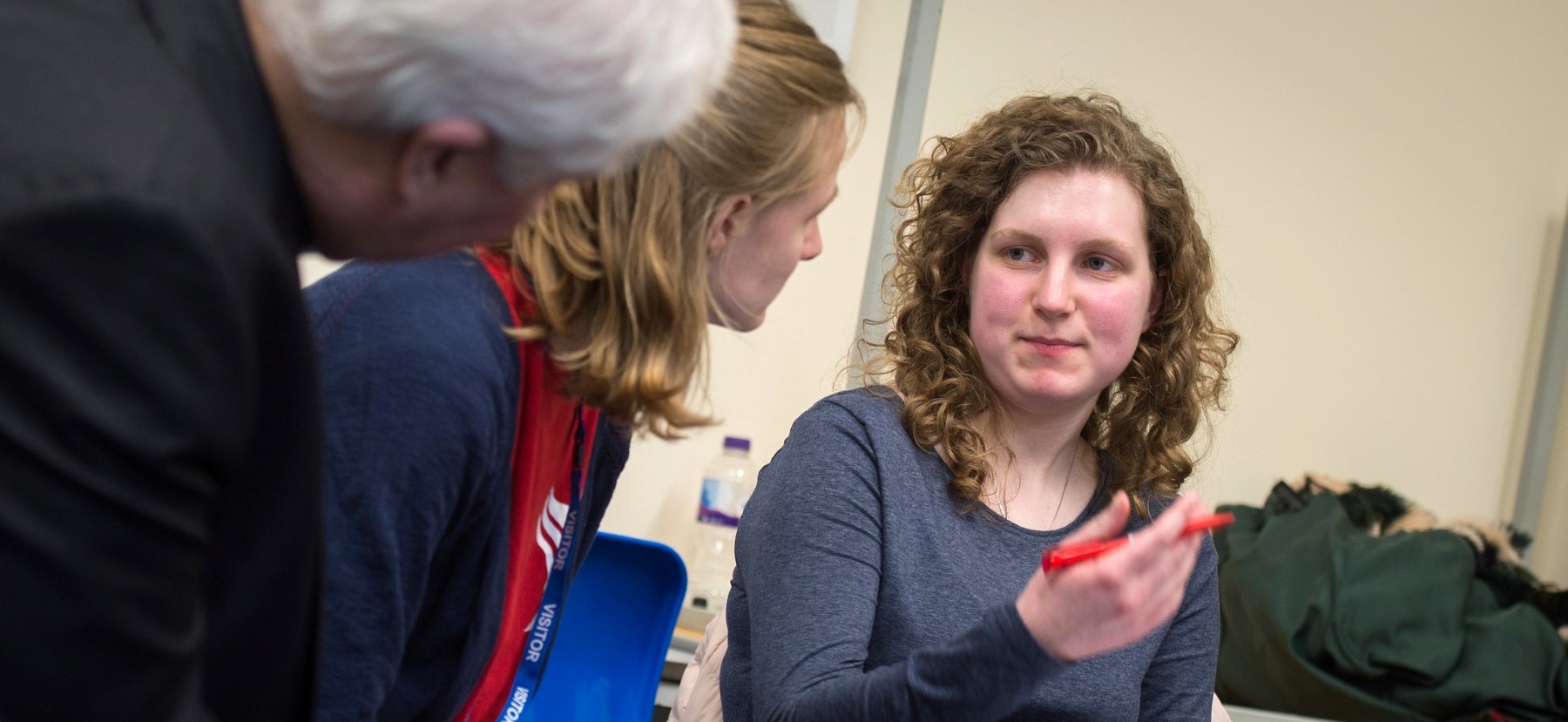The gathering of representatives from around the world to the 2023 Synod on Synodality suggested that parish pastoral councils should, like parish finance councils, be mandatory in canon law rather than elective as they currently are. Now, it is up to the local bishop in consultation with the presbyteral council to choose pastoral councils and to establish guidelines for their functioning. A revision of canon law will address that question.
In the United States, the over half a century experience with pastoral councils has been mixed. Some bishops and pastors alike have either struggled with the notion of consulting the laity on pastoral matters or have minimized the council’s role. Unlike the members of finance councils who are chosen because of their knowledge of financial matters, there are sentiments that pastoral council members “know little about the mission of the church and parish ministries” or “are chosen more for their popularity than any expertise.” In short, some feel that pastoral council members mean well but accomplish little.
Actually, good lay leadership is essential in any effective parish today. Perhaps the affirmation of pastoral councils by the Synod is an opportunity to take a closer look at the models which have been used rather than blame the bishops, pastors, or laity for the shortcomings of pastoral councils.
When most Americans heard the word “council” in the 1960’s, the predominant image that people had was of a “city council.” Residents could run for this office and represented a certain geographical area. One of the council members was even elected as president. Most of the city councils operated under Robert’s Rules of Order. This city council model was adopted by most dioceses for council use. Over the years, dioceses have done their best to baptize the model or to make improvements. Whether to involve the laity in planning pastoral activity is not the issue. How we involve them is. When we hear “council,” rather than looking to local examples, we should be looking to the Acts of the Apostles.
In the Acts of the Apostles, gathering disciples together to discern new direction or address important issues was how the early church functioned. Over time, these gatherings were restricted to clergy and bishops. The Second Vatican Council called for a re-introduction of this function, especially on the local level in dioceses and parishes. Trying to consult with 12 people rather than hundreds or even thousands at a time seemed more practical. The Synod experience suggests how effectively models patterned after it might work.
What might these synodal models look like?
The synodal model will focus on one or two gatherings per year of parishioners, over a day-long or multiple evening format. All parishioners are welcome to be involved in the process in a few ways.
- Topics for the parish council or synod meeting can be surfaced from staff and ministry team members and then refined through a parish survey.
- The council or synod gathering is then held to discuss a slate of topics and to determine which topics should be addressed by ministry teams. In some cases, new ministry teams may need to be established to address new ministry needs. The gathering can be one day or more, two separate days or over multiple evenings. The activities of discussing topics and determining those which will be acted upon can be separated.
- Existing or new ministry teams, with staff assistance, can be directed to develop a strategy to put the new ministry needs in place.
- The parish leadership team – a group of parish leaders, usually the pastor and pastoral staff – can help with the organization and oversight of the process. If desired, one staff member can coordinate the council or synod, but the logistics will involve many people, depending on how simple or elaborate a parish may want the experience to be.
What are the advantages of a new model for pastoral councils?
- Every parishioner can provide ideas and thoughts through a survey. Surveys can be online, conducted in the pew, sent via email or snail mail or any combination of options to reach as many participants as possible.
- The actual council or synod gathering allows parishioners to talk with one another about faith, ministry, and care for others. The format should allow for as much conversation, listening, and reflection as possible.
- The whole council or synod process is directly aligned to other parish organizations, such as the leadership team, pastoral staff, and ministry teams. All of them, including the finance council, have a setting to pray, share, and act together.
- The model is designed to engage the Spirit to guide parishioners to surface new direction or address issues and to lead to action. The phrase “do-nothing-councils” could disappear from our lexicons.
- Diocesan pastoral councils can also be organized around the parish models by collecting the ministry plans from the parish gatherings and discerning how the diocese can support and enhance them throughout the diocese. The model could create a closer relationship between diocese and local parishes.
Like the introduction of any new model, more detail and best practices will be needed before a comfort level is achieved. Thanks to the Synod on Synodality, a new parish pastoral council model does look very promising.


